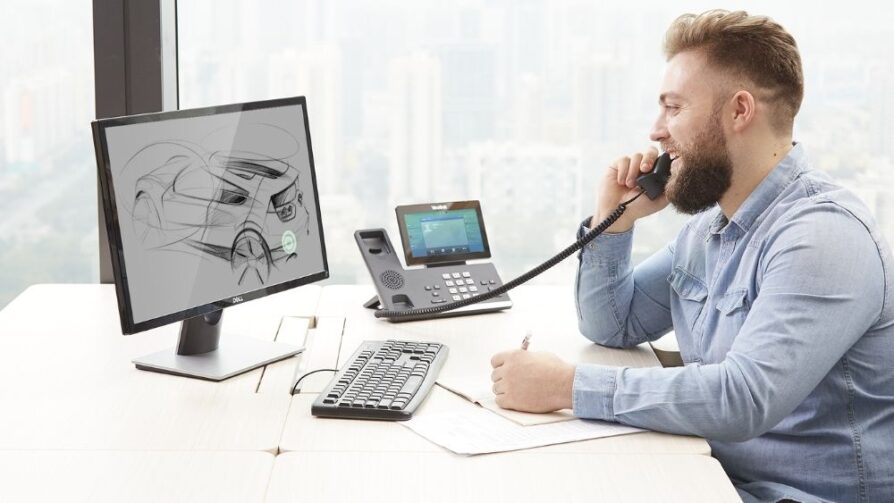Keeping Your Business Continuity Plan Current
A Business Continuity Plan ensures that management can can react quickly and efficiently to sudden major business interruptions. Keeping your BCP current is an important step to ensuring the effectiveness of it. The information included in a Business Continuity Plan can be time sensitive, which means they change over time. Taking time to update your BCP can mean the difference between losing a couple hours of work to a couple days or work (or more) if disaster occurs.
Updating your Business Continuity Plan is essential to your business’ success. Keeping your Business Continuity Plan current is an invaluable part of the process.
Natural disasters, like hurricanes or fires, can happen to anyone. Cyber attacks are on the rise and major setbacks can happen from human error. Life is unpredictable, but your plan to continue business as usual shouldn’t be. Having a BCP can save your business time, money, and even from closure. When keeping your Business Continuity Plan current, make sure the following key elements are revisited.

Key Elements to Update in A Business Continuity Plan
1. Emergency Contact Information
A Business Continuity Plan relies on communication. If a natural disaster occurs, managers need to call employees and partners ASAP. So when updating your BCP, make sure everyone’s contact information is current. Seconds count in times of an emergency. Don’t let seconds go to waste when they matter most. Your business depends on it.
2. Partnerships
Make sure you have a plan to contact any companies that you partner with for services to get them back up and running ASAP. If any of them require hardware to function, make sure you have the ability to run it in the case of an emergency. Applications and other software need to be easily downloadable to employees temporary set ups as well.
3. Backup Data
It’s important to check your backup system to make sure your data is syncing. Client information, financials, and other important data may not be recoverable in the event of a disaster (especially if it’s a ransomware attack), so checking your backup regularly is crucial to your business getting back on its feet after a fall.
4. Inventory
Knowing how many computers, laptops, phones, and other equipment you have and need is good practice for a Business Continuity Plan. Physical inventory may not be recoverable in the event of a fire. Know what you have and what you may need in the event of an emergency.
5. Disaster Recovery Test
The best way to keep your Business Continuity Plan current is to run a Disaster Recovery Test. Do a mock run with your BCP to ensure it’s functionable and complete a risk assessment as well. Creating and keeping your BCP updated is pivotal, but making sure it’s effective is what matters most.
Want to learn more? Let’s talk. Contact our team at 843-236-6436.
Ready for IT that WORKS for your business?

- Managed IT Services
- Business Phone Systems
- Managed Print
- Cybersecurity
- Cloud Services
- Data Cabling
Schedule a 15-minute meeting with our team.
